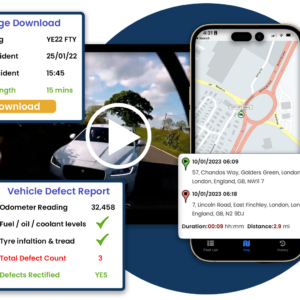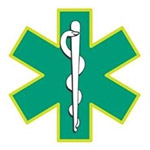The Direct Vision Standard (DVS) and HGV Safety Permit Scheme for heavy goods vehicles (HGVs) require operators of lorries over 12 tonnes gross vehicle weight to obtain a safety permit before entering and operating in most of Greater London. Otherwise, you may receive a Penalty Charge Notice (PCN). The DVS requirements change from 28 October 2024.
The Direct Vision Standard and HGV Safety Permit Scheme are part of the Mayor of London's Vision Zero plan to eliminate all deaths and serious injuries on London's transport network by 2041.
The DVS measures how much a HGV driver can see directly through their cab windows. This is then expressed as a star rating from zero (limited) to five (good). The star rating is fixed and dependent on the vehicle design, as it indicates the level of risk to road users such as people walking and cycling.


















